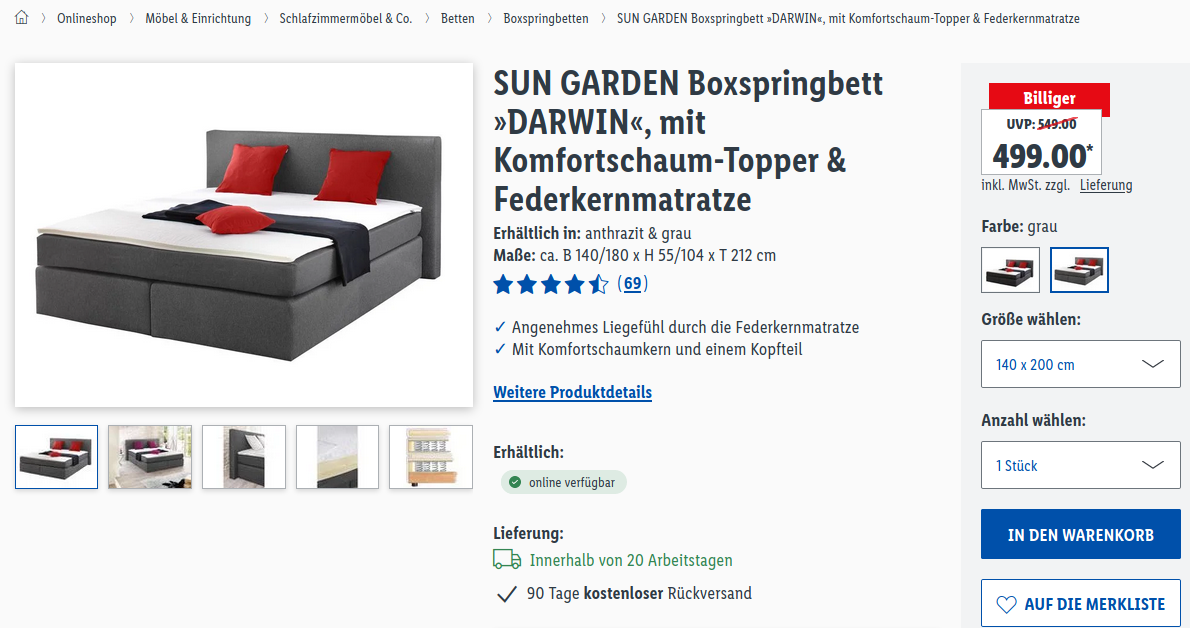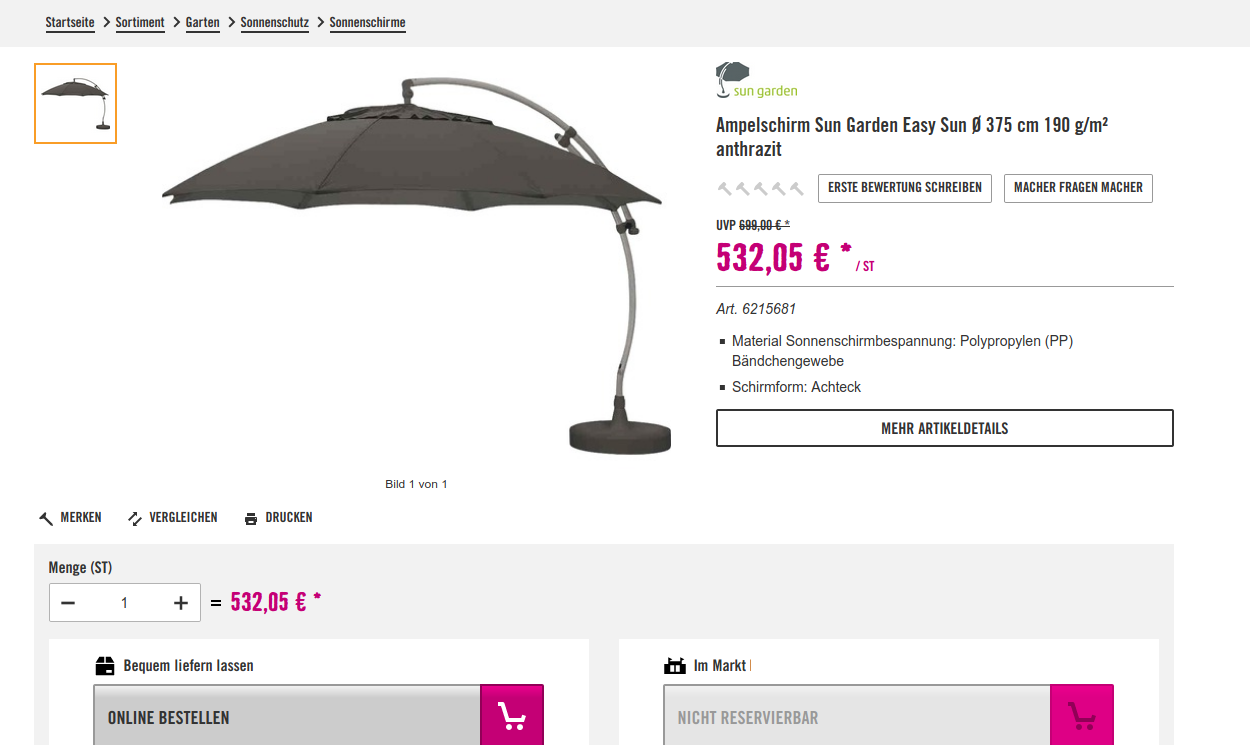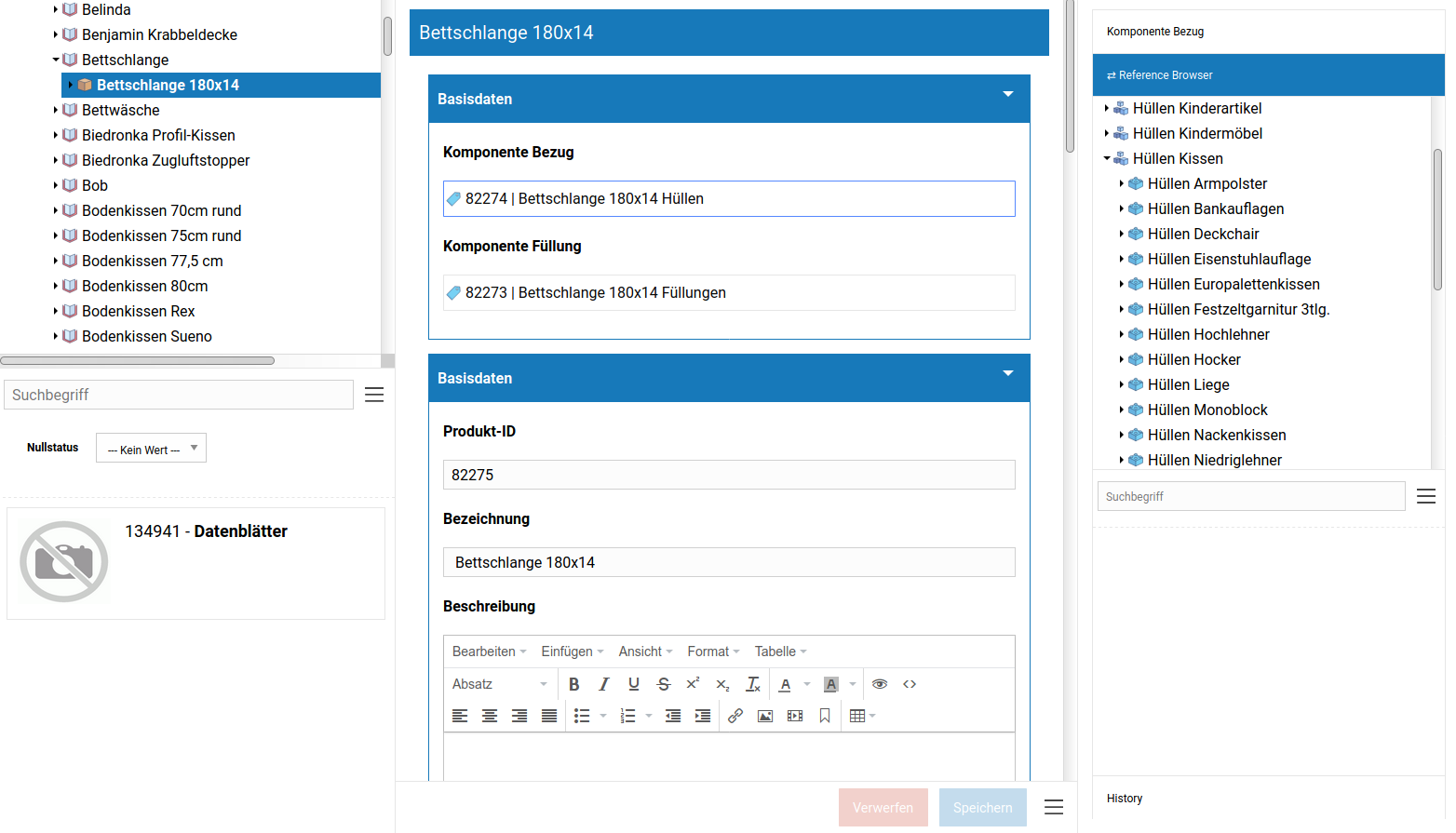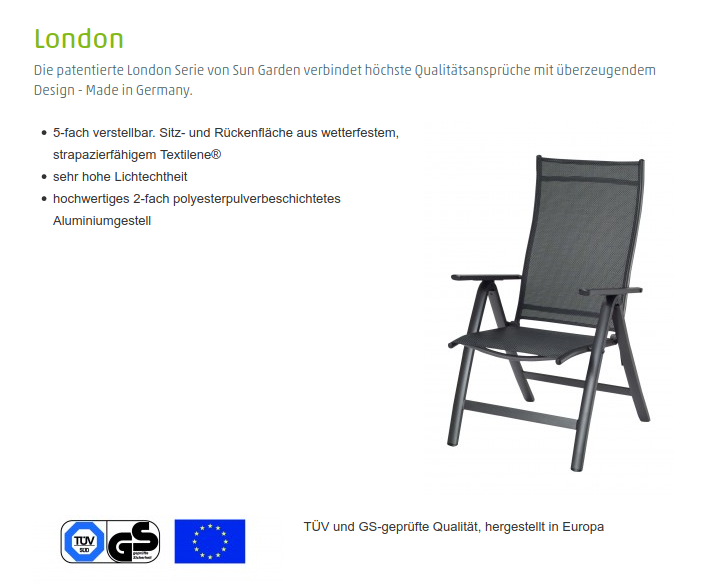
SUN GARDEN products at the largest European retail chains
SUN GARDEN, the inventor of the “Traffic Light Umbrella”, is one of the most important manufacturers of garden furniture, home textiles, mattresses, box spring beds and pet products with over 3500 employees in 5 international production sites.
SUN GARDEN is in particular the world’s largest manufacturer of cushion pads. The company runs a fully integrated production. The filling materials used are manufactured at the company’s own production sites, guaranteeing consistently high quality.
Consumers know SUN GARDEN products, among other things, from the promotions of the largest German retail chains.

SUN GARDEN products at the largest European retail chains
SUN GARDEN operates SAP ERP, whose standard installations do not include Product Information Management (PIM) functions that are urgently needed at SUN GARDEN.
For companies like SUN GARDEN, this raises the question of whether to license and integrate the additional PIM modules offered by SAP – taking into account, of course, the internal and external effort required for this.
SUN GARDEN also had to take into consideration that the company already had an outdated isolated solution for PIM, whose functions had to be partially reproduced within a PIM project.
Against this background, it was decided to set up the PIM project with the modular Alterra::PIM Software Suite. The manufacturer Sepia was able to convince SUN GARDEN in several decisive points in the software selection process:
Sepia and its integration partner Firma4 have sufficient expertise in projects in an SAP environment. They know exactly the data structures that are relevant for the project.
Project start only with 100% guarantee of success and guaranteed short duration.
Alterra is a PIM system whose data model can be easily and precisely adapted to the customer’s requirements.

SUN GARDEN products are very popular in online-shops
A special feature of SUN GARDEN’s requirements is that the PIM system must not only hold data for marketing and sales, but must also be used centrally for data processing in product development and production planning.
Products have to be adapted very quickly to the requirements of the market. Development and production must take place “on demand”. A very short time to market, i.e. the period of time from the product conception to the finished product, is the success factor which – with a certain company size, number of internal projects and process complexity – can only be implemented by using highly professional software tools such as Alterra::PIM.
In this case, product-related data is not only collected in marketing, but already during the development of the product and for the production process.
Many PIM systems are simply used as a collection point for sales data, both in retail and in many manufacturing companies. The fact that product data is created much earlier is not taken into account in many PIM projects.
Sepia and its integration partners take a very effective and advantageous approach here by eliminating redundant data storage by incorporating the PIM processes into the data acquisition as early as possible.
When integrating Alterra::PIM, the commissioned with the integration firma4 made sure to exclude redundancies in product generation. Products are made up of assemblies, which in turn are made up of bills of material. Any calculations and planning data can be accessed at runtime via the bills of material.

PIM at SUN GARDEN – here a product made of several components
The status of each product development and also of the production materials is fully documented at all times. Data relevant to production, sales and purchasing can be dynamically retrieved from the system at any time. Documents in various Microsoft Office formats – from PDF to Excel – can be opened with one click.
For each product, the complete production bill of materials is kept, including all dimensions, weights and material prices. This provides all departments involved with an overview of the composition, complexity and cost structures of each product at all times.
With PIM, Excel lists are no longer the data basis on which processes are run; these lists are only used for monitoring.
By using PIM, the employee only has to use his office software in those rare cases where it has nothing to do with product data entry. Duplicate Excel lists or a jumble of other MS Office documents and e-mails are now a thing of the past.
SUN GARDEN’s enormous success as the world’s largest manufacturer of cushion pads and a major player in many other fields is supported by the use of Alterra::PIM in such a way that there is very little friction loss in the company’s processes.

SUN GARDEN also manufacture garden chairs
Sebastian Kösters, CEO at SUN GARDEN: “Honestly, based on our experience from past software projects, I was skeptical that all of the vendor’s promises could be kept. The fact that such a project could be implemented successfully and on time was a fascinating new experience. At the same time, all expectations of the employees were exceeded. We can wholeheartedly recommend the software and services of Sepia and its integration partners.”
PIM is a success factor – from development to production to sales. For satisfied “sun-spoiled” SUN GARDEN customers.